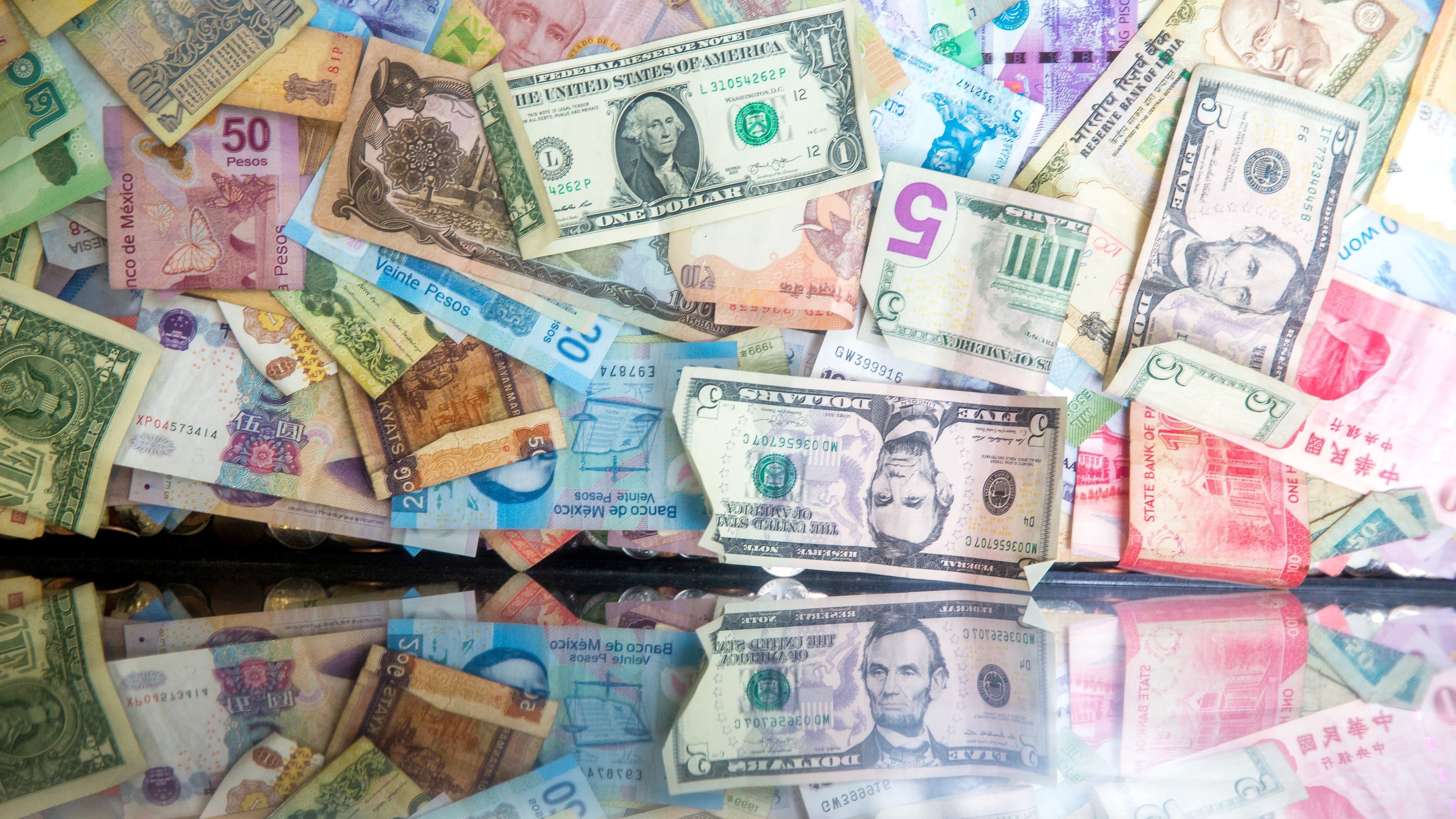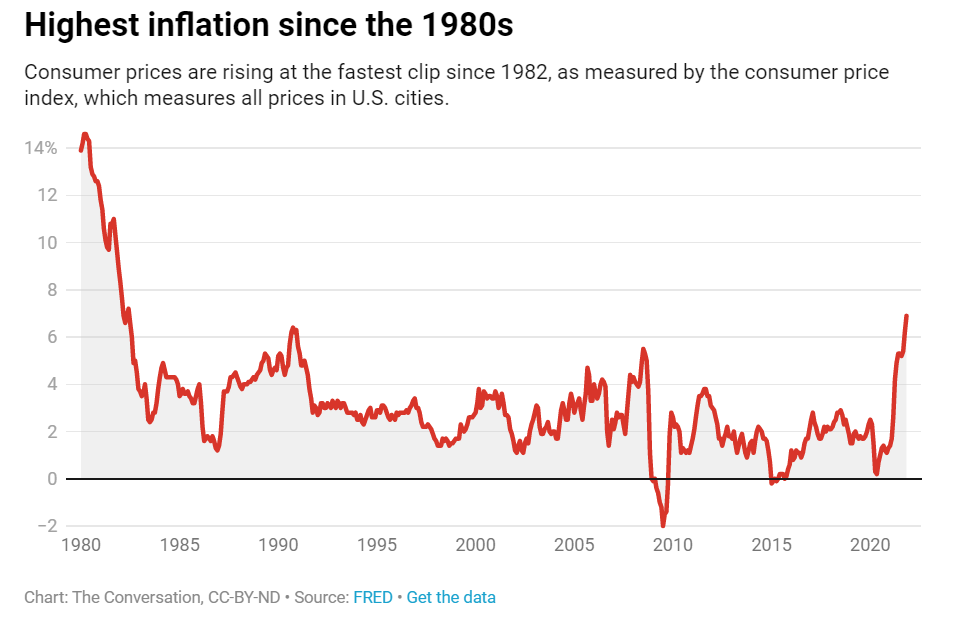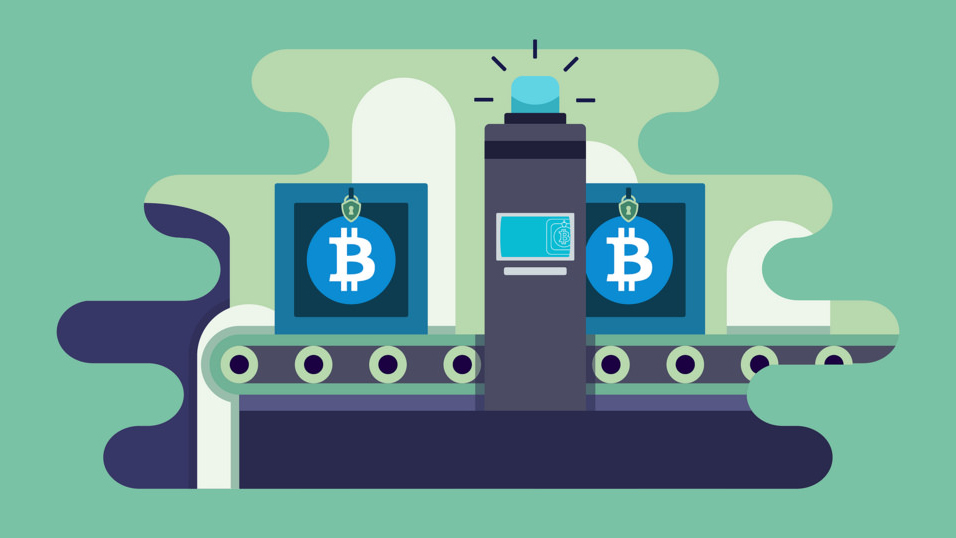Why is inflation so high? Is it bad? An economist answers 3 questions about soaring consumer prices

Consumer prices jumped 6.8% in November 2021 from a year earlier – the fastest rate of increase since 1982, according to Bureau of Labor Statistics data published on Dec. 10, 2021. The biggest jumps during the month were in energy, used cars and clothing. University of South Carolina economist William Hauk explains what’s driving the recent increase in inflation and how it affects consumers, companies and the economy.
1. Why is inflation running so high?
There are two basic reasons why inflation has been increasing: supply and demand.
Starting with the latter, consumers are on a spending spree after having spent most of 2020 at home bingeing on Netflix. Now that more people are vaccinated, many feel increasingly confident going to the stores again and are demanding more goods and services.
Adding support to households’ buying power are the stimulus checks and other pandemic-related aid that have gone out to American families during the pandemic. The resulting increase in spending has been good for stimulating the economy, but more demand typically results in higher prices.
The increased demand might not be too bad for inflation on its own, but the U.S. economy is also experiencing significant supply chain problems tied to the COVID-19 pandemic. This is driving up the cost of production and reducing the supply of goods, also pushing up prices.
What’s more, wages are jumping as well – up 4.8% in November from a year earlier – as employers in many industries offer more money to retain or hire people. This news is great for workers, but companies often have to pass on these higher costs to consumers.

2. Is inflation always bad?
Inflation isn’t always bad news. A little bit is actually quite healthy for an economy.
If prices are falling – something known as deflation – companies may be hesitant to invest in new plants and equipment, and unemployment might rise. And inflation can make it easier for some households with higher wages to pay off debts.
However, inflation running at 5% or higher is a phenomenon the U.S. hasn’t seen since the early 1980s. Economists like myself believe that higher-than-normal inflation is bad for the economy for many reasons.
For consumers, higher prices on essential goods like food and gasoline may become unaffordable for people whose paychecks aren’t rising as much. But even when their wages are rising, higher inflation makes it harder for consumers to tell if a particular good is getting more expensive relative to other goods, or just in line with the average price increase. This can make it harder for people to budget appropriately.
What is true for households is true for companies as well. Businesses see the prices of key inputs, like oil or microchips, rise. They may want to pass on these costs to consumers, but could be limited in their ability to do so. As a result, they may have to cut back production, increasing supply chain problems.
3. What are the biggest risks?
If inflation stays elevated for too long, it can lead to something economists call hyperinflation. This is when expectations that prices will be keep rising fuels more inflation, which reduces the real value of every dollar in your pocket.
In the most extreme cases – think Zimbabwe in the late 2000s – spiraling prices can lead to a collapse in a currency’s value. People will want to spend any money they have as soon as they get it for fear that prices will rise even over short periods of time.
The U.S. is nowhere near this situation, but central banks like the Federal Reserve want to avoid it at all costs so they typically step in to try to reduce inflation before it gets out of control.
The problem is the main way it does that is by raising interest rates, which slows the economy. If the Fed is forced to raise interest rates too quickly, it can even cause a recession and result in higher unemployment – as the U.S. experienced in the early 1980s, around the last time inflation was this high. Then-Fed chair Paul Volcker did manage to rein in inflation from as high as about 14% in 1980 – at the cost of double-digit unemployment rates.
Americans are not yet seeing inflation nearly that high, but preventing the U.S. from getting there is almost certainly on the mind of Jerome Powell, who currently leads the Fed.
This article is republished from The Conversation under a Creative Commons license. Read the original article.





